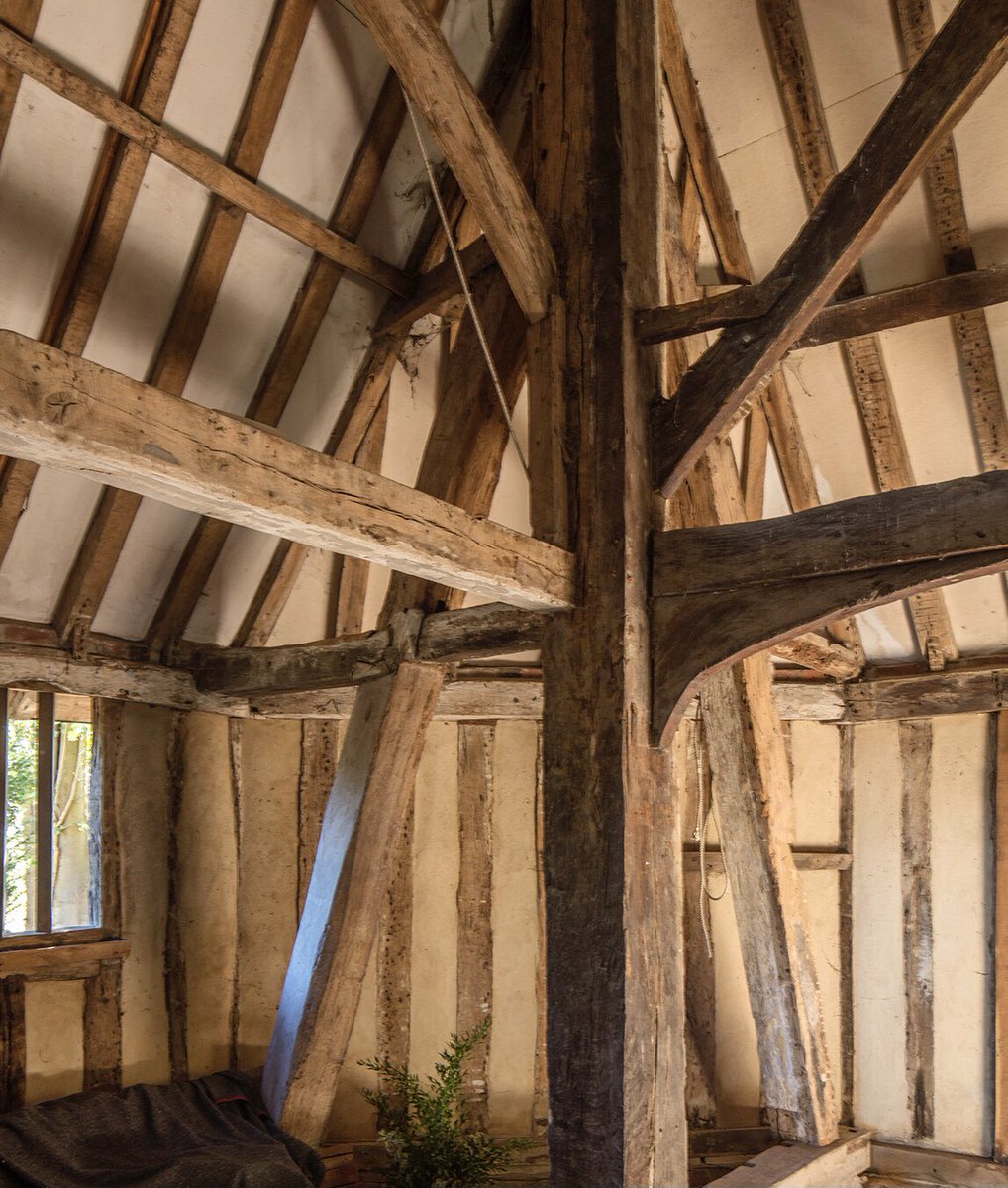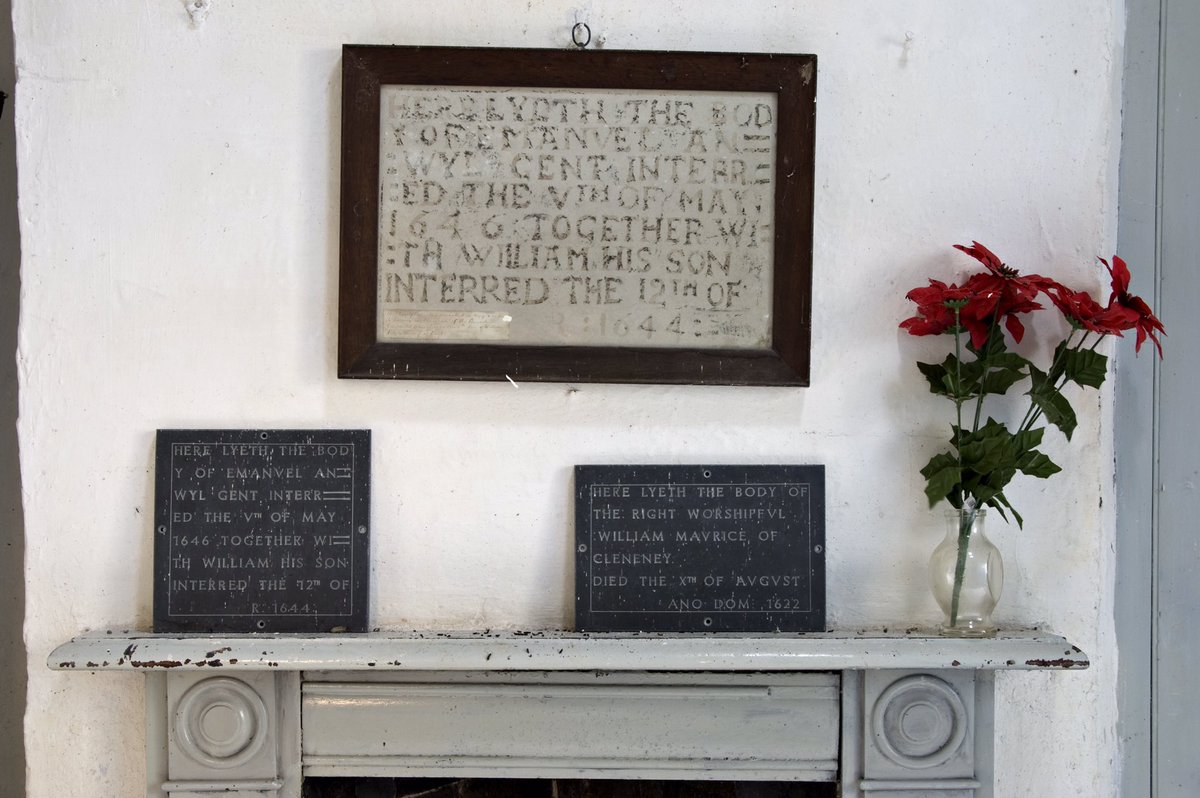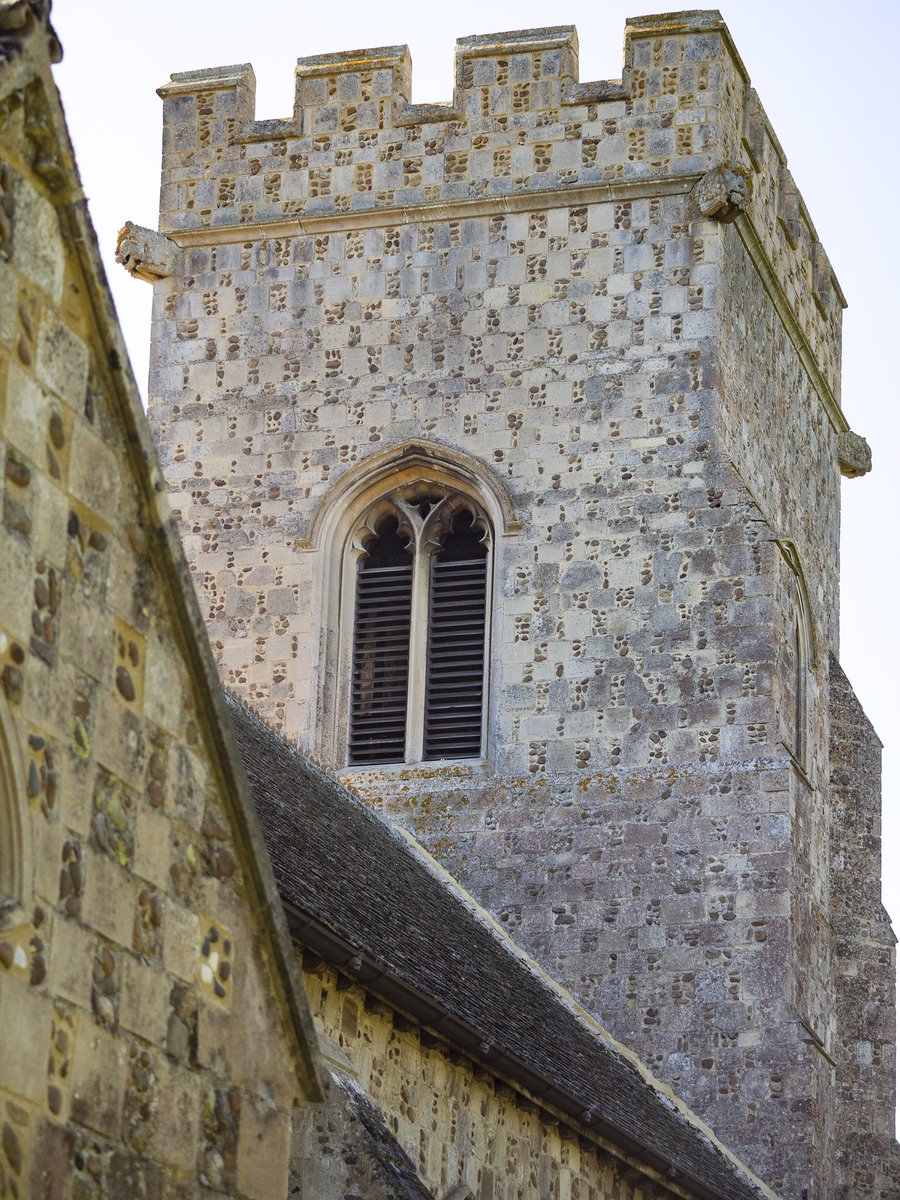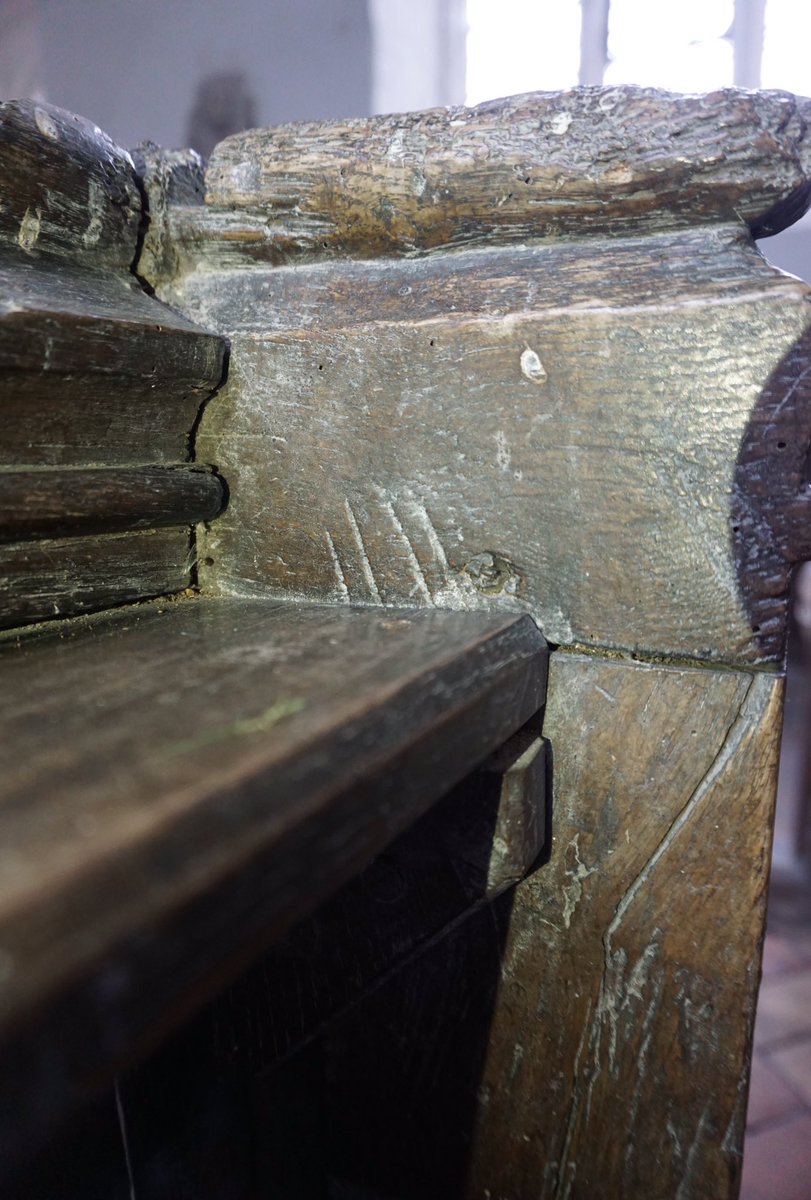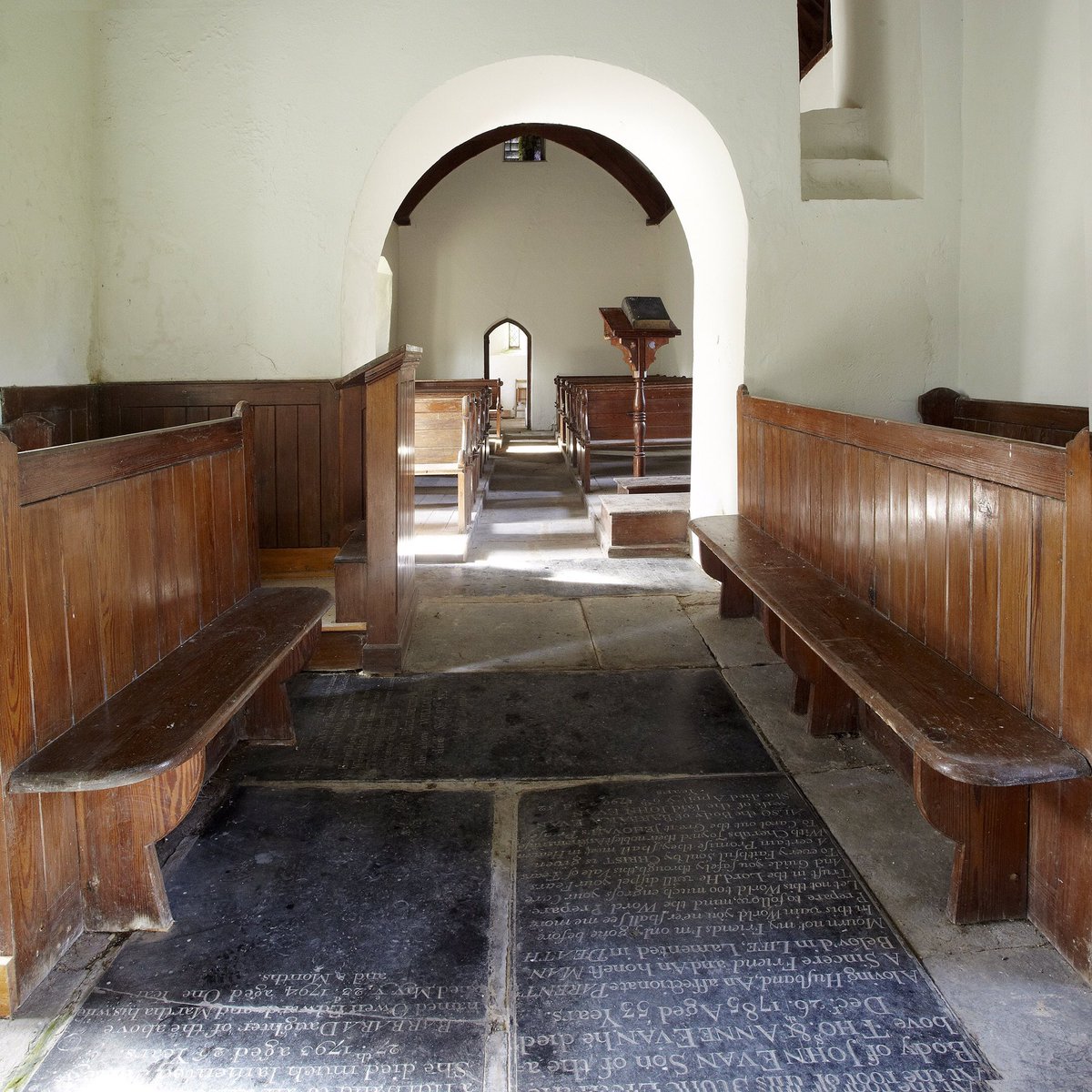
The church of St Michael is about as friendless as you could imagine. Empty for over a decade, it lies low to the long valley-floor of Cwm Pennant next to a gurgling river. It’s surrounded by ruined buildings. The graveyard tells the story of a once prosperous valley.
#thread
#thread
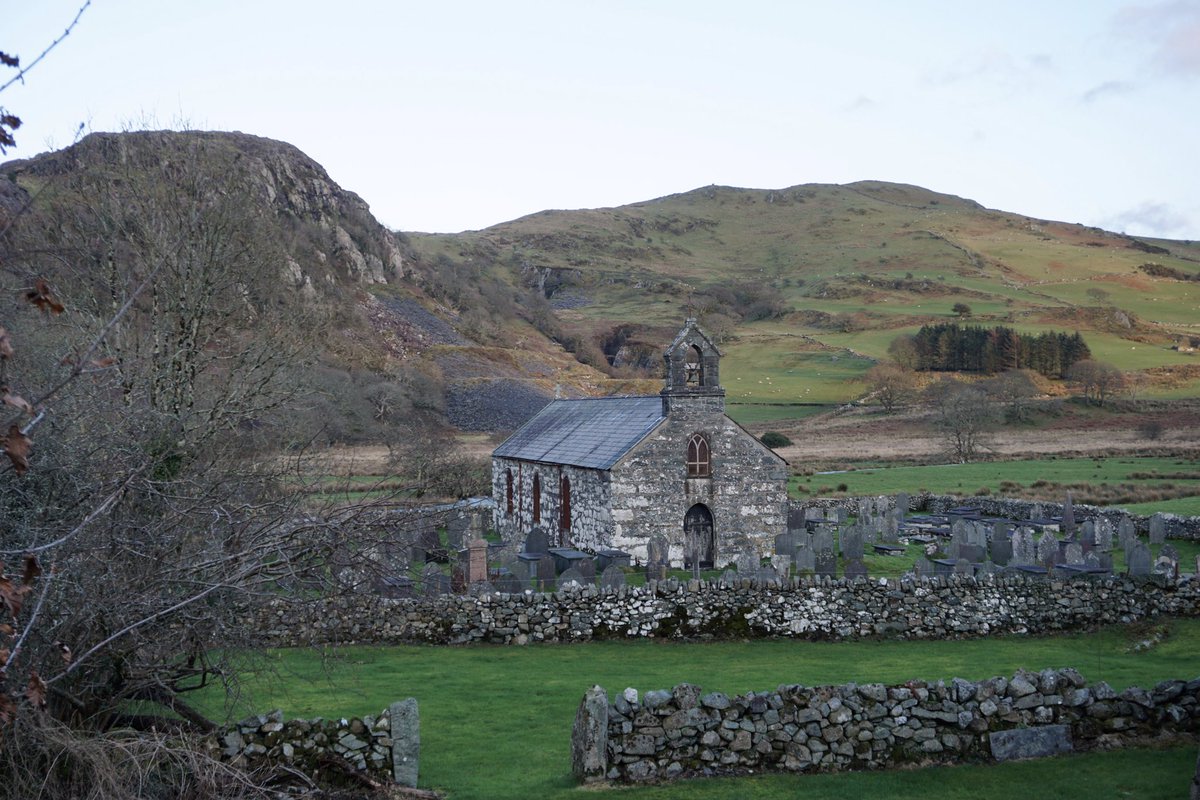
The church is a long, simple single cell building or, as Archaeologica Cambrensis 1901 calls it “a poor church… with a clumsy transeptal chapel … scarcely any features which can be called architectural … with a roof which is rather inferior to the ordinary”.
2/
2/

It goes on to tell us that: the altar is poor, the transept awkward, the walls low, the sacrarium common, the gallery of debased character, while the porch is without character.
(Tell us what you really think, Archaeologica Cambrensis!)
3/

(Tell us what you really think, Archaeologica Cambrensis!)
3/


For those who like facts, the church is 17th century in origin and was considerably altered in the 19th century, with the west gallery dated 1847. Further restorations carried out in 1888.
Here’s our photo of it from a summer’s day in 1980 -
4/
Here’s our photo of it from a summer’s day in 1980 -
4/

The church has been on the market for years. Access is difficult – almost impossible – so it hasn’t had any takers. We’ve been asked to take it into our care. It’s in poor condition, and there’s a queue of churches ahead of it.
5/
5/

It’s clear that this church tells an important part of the social history of this North Wales slate mining area, and an area which has been nominated for World Heritage Site status...
6/
6/

... Where, as John Ruskin wrote, “the Welsh slates… give rich harmonies of distant purple in opposition to the green of the woods and fields”.
7/
7/

• • •
Missing some Tweet in this thread? You can try to
force a refresh

